Seasonal Property Management: Preparing for Peak and Off-Peak Periods
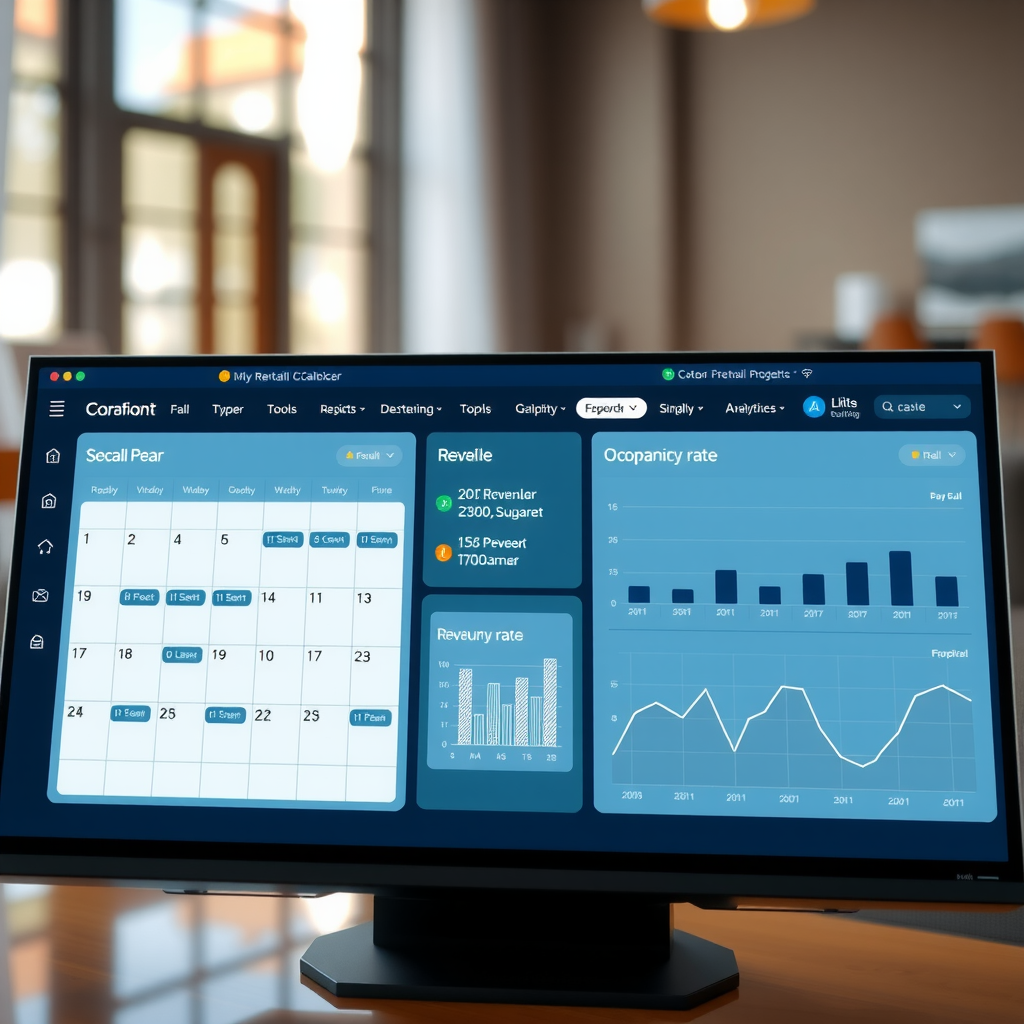
The vacation rental market is inherently seasonal, with dramatic fluctuations in demand throughout the year. Successfully navigating these cycles requires strategic planning, flexible pricing, and proactive property maintenance. Understanding how to optimize your property management approach for both peak and off-peak periods can mean the difference between consistent profitability and financial uncertainty.
Understanding Seasonal Patterns in Your Market
Before implementing any seasonal strategy, property managers must thoroughly analyze their local market dynamics. Seasonal patterns vary significantly based on location, property type, and target audience. Coastal properties typically see summer peaks, while ski resort accommodations thrive in winter months. Urban properties near business districts may experience more consistent year-round demand with slight variations during conference seasons or major events.
Analyzing historical booking data through your property management system provides invaluable insights into these patterns. Look at occupancy rates, average daily rates, and booking lead times across different months. This data reveals not just when your peak season occurs, but also identifies shoulder seasons—those transitional periods that savvy managers can capitalize on with the right approach.
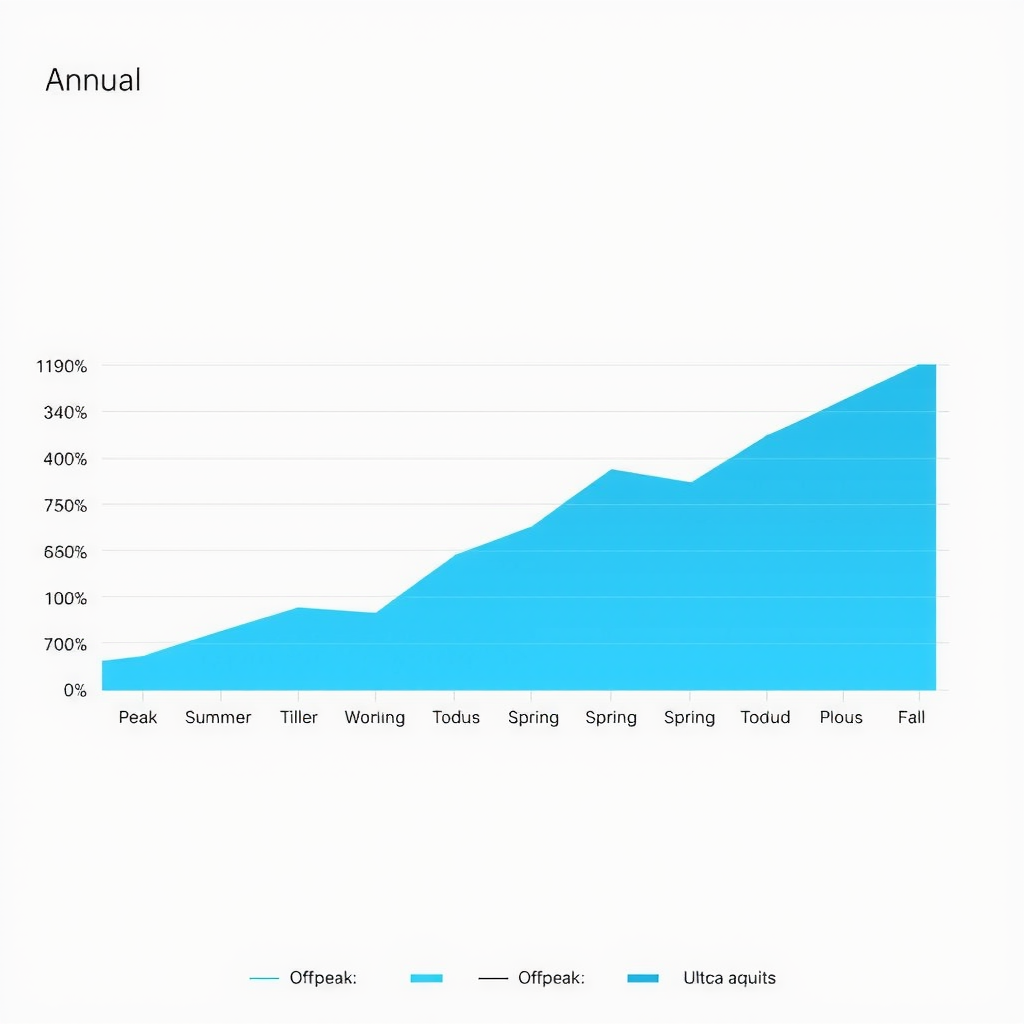
Dynamic Pricing Strategies for Peak Season
Peak season represents your property's highest earning potential, but maximizing revenue requires more than simply raising prices. Implementing dynamic pricing strategies allows you to adjust rates based on real-time demand, local events, and competitor pricing. During peak periods, consider these pricing approaches:
Pro Tip:Start with higher base rates during confirmed peak periods, but maintain flexibility to adjust based on booking pace. If you're not achieving your target occupancy 30-45 days before arrival dates, consider strategic rate reductions rather than waiting until the last minute.
Minimum stay requirements become particularly important during peak season. Implementing 3-7 night minimums helps maximize revenue per booking and reduces turnover costs. However, be strategic about these requirements—being too rigid can result in booking gaps that ultimately cost more than the convenience of longer stays.
Preparing Properties for High-Demand Periods
Peak season preparation should begin months in advance. Schedule comprehensive property inspections and complete all necessary maintenance before your busy period begins. This includes HVAC servicing, deep cleaning, refreshing linens and towels, and addressing any deferred maintenance issues. The last thing you want during peak season is an emergency repair that forces you to cancel bookings or receive negative reviews.
Inventory management becomes critical during high-occupancy periods. Stock up on essential supplies, toiletries, and cleaning products well in advance. Consider the increased wear and tear on furnishings and have backup items readily available. Many successful property managers maintain a dedicated storage area with replacement items like coffee makers, hair dryers, and basic furniture pieces that can be quickly swapped if needed.
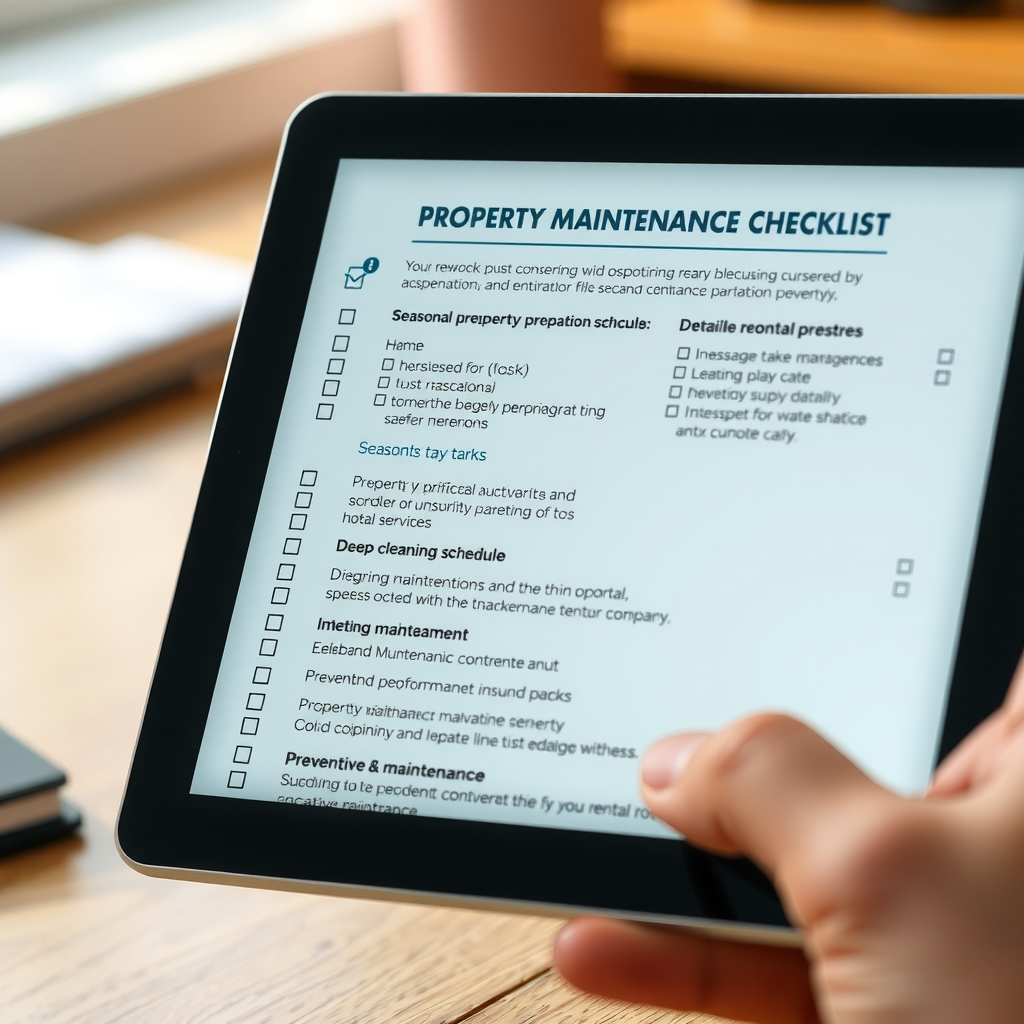
Marketing Approaches for Different Seasons
Your marketing strategy should shift dramatically between peak and off-peak periods. During peak season, focus on capturing high-value bookings through premium positioning and highlighting your property's unique features. Invest in professional photography that showcases seasonal attractions—beach access in summer, proximity to ski slopes in winter, or fall foliage views during autumn.
Off-peak marketing requires a different approach entirely. Rather than competing on the same features that drive peak season demand, emphasize alternative value propositions. Promote the peaceful atmosphere, lower rates, and authentic local experiences available during quieter periods. Target different guest segments such as remote workers seeking extended stays, retirees with flexible schedules, or locals looking for staycation opportunities.
Off-Peak Pricing and Occupancy Strategies
Off-peak periods challenge property managers to balance maintaining cash flow with covering fixed costs. While reducing rates is inevitable, strategic discounting can help maintain profitability. Consider implementing weekly or monthly discounts that encourage longer stays, reducing turnover costs and providing more predictable income.
Creating packages and special offers can make off-peak stays more attractive without simply slashing rates. Partner with local businesses to offer dining credits, activity vouchers, or experience packages. These value-added offerings can justify maintaining higher base rates while still providing guests with perceived savings and enhanced experiences.
Success Strategy:Some property managers report maintaining 60-70% occupancy during off-peak periods by offering 20-30% discounts for stays of 7+ nights, combined with flexible cancellation policies that reduce booking hesitation.
Maintenance and Renovation Timing
Off-peak periods provide ideal opportunities for property improvements and major maintenance projects. Schedule renovations, deep cleaning, and system upgrades during your slowest months to minimize revenue impact. This strategic timing allows you to refresh your property and potentially justify rate increases for the following peak season.
However, avoid blocking out excessive time for maintenance during shoulder seasons when you could still capture bookings. Create a detailed maintenance calendar that identifies truly slow periods and prioritizes projects based on urgency and potential return on investment. Some improvements, like updated photography or enhanced amenities, can be completed between bookings without requiring extended closures.
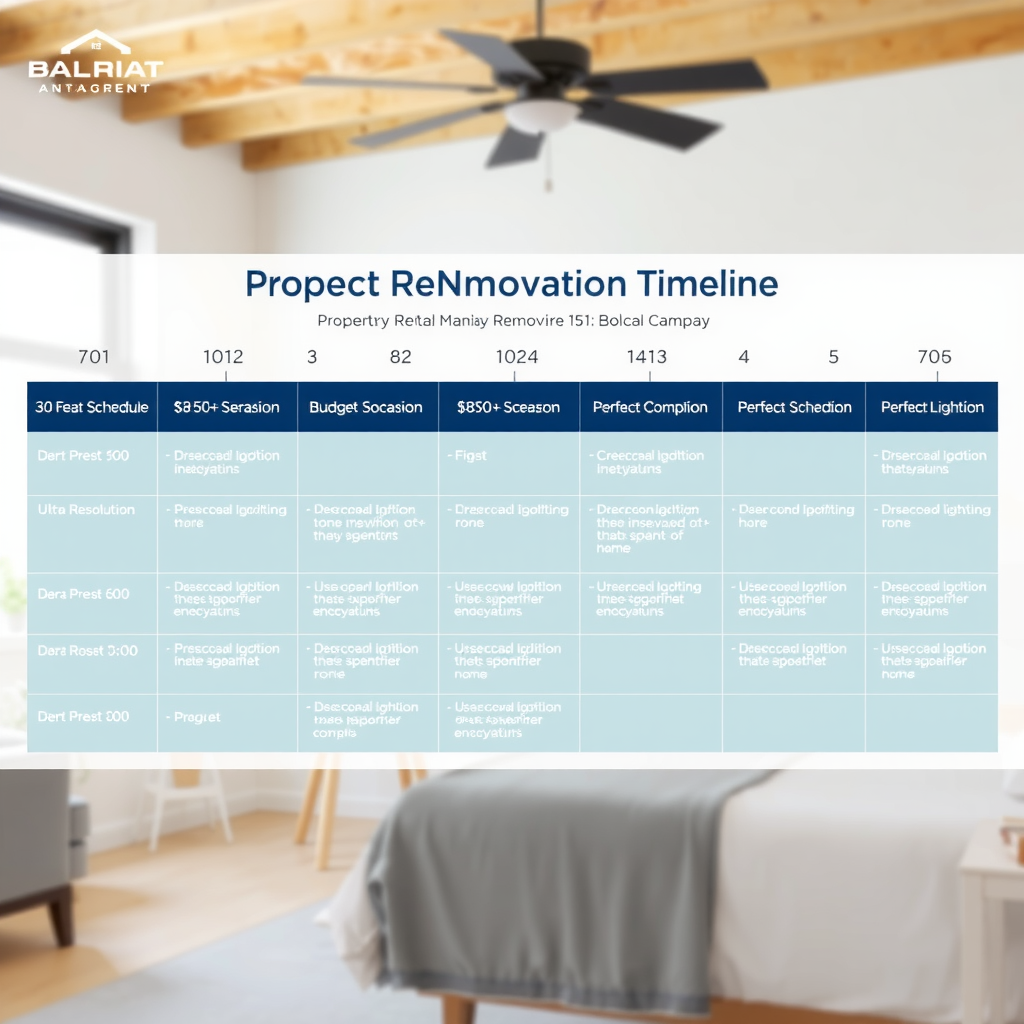
Staffing and Resource Allocation
Seasonal fluctuations require flexible staffing strategies. During peak periods, you may need additional cleaning staff, maintenance personnel, and guest services support. Building relationships with reliable contractors and part-time workers who can scale up during busy seasons ensures you maintain service quality without carrying excessive labor costs year-round.
Consider cross-training staff to handle multiple roles during slower periods. A cleaner who can also perform basic maintenance tasks or a property manager who handles guest communications and bookkeeping provides more value during off-peak months when specialized roles may not be fully utilized.
Technology and Automation for Seasonal Management
Modern property management platforms offer powerful tools for handling seasonal variations. Automated pricing algorithms can adjust rates based on demand forecasts, competitor analysis, and historical data. These systems work continuously to optimize revenue without requiring constant manual intervention.
Automated messaging systems become particularly valuable during peak season when managing high volumes of guest communications. Pre-written templates for common questions, automated check-in instructions, and scheduled follow-up messages ensure consistent guest experiences even when you're managing multiple properties at capacity.
Financial Planning Across Seasons
Successful seasonal property management requires disciplined financial planning. During peak season, resist the temptation to increase personal draws or make unnecessary purchases. Instead, build cash reserves to cover fixed costs during slower periods. A common rule of thumb suggests saving 30-40% of peak season profits to sustain operations during off-peak months.
Create detailed cash flow projections that account for seasonal variations in revenue and expenses. Factor in higher utility costs during peak usage periods, increased cleaning and maintenance expenses, and seasonal marketing investments. Understanding your complete financial picture across the entire year enables better decision-making about pricing, improvements, and growth opportunities.
Financial Insight:Properties that maintain detailed seasonal financial records typically achieve 15-25% higher annual profitability compared to those using simplified accounting approaches, according to industry research.
Building Year-Round Guest Relationships
While seasonal patterns affect booking volumes, building lasting guest relationships can help smooth out occupancy fluctuations. Encourage repeat bookings by offering loyalty discounts or early booking incentives for returning guests. A guest who loved their summer stay might be interested in experiencing your property during a different season at a reduced rate.
Maintain engagement with past guests through seasonal newsletters highlighting off-peak attractions and special offers. Share local events, seasonal activities, and property updates that give them reasons to consider returning during traditionally slower periods. These communications keep your property top-of-mind and can generate bookings during times when you need them most.
Adapting to Changing Seasonal Patterns
Seasonal patterns aren't static—they evolve based on economic conditions, travel trends, and external factors. The rise of remote work has extended traditional peak seasons in many markets as guests seek longer stays with flexible timing. Climate change is shifting traditional seasonal patterns in some destinations. Stay informed about these trends and be prepared to adjust your strategies accordingly.
Regularly review and update your seasonal strategy based on actual performance data. What worked last year may not be optimal this year. Successful property managers treat seasonal planning as an ongoing process of analysis, adjustment, and optimization rather than a set-it-and-forget-it approach.
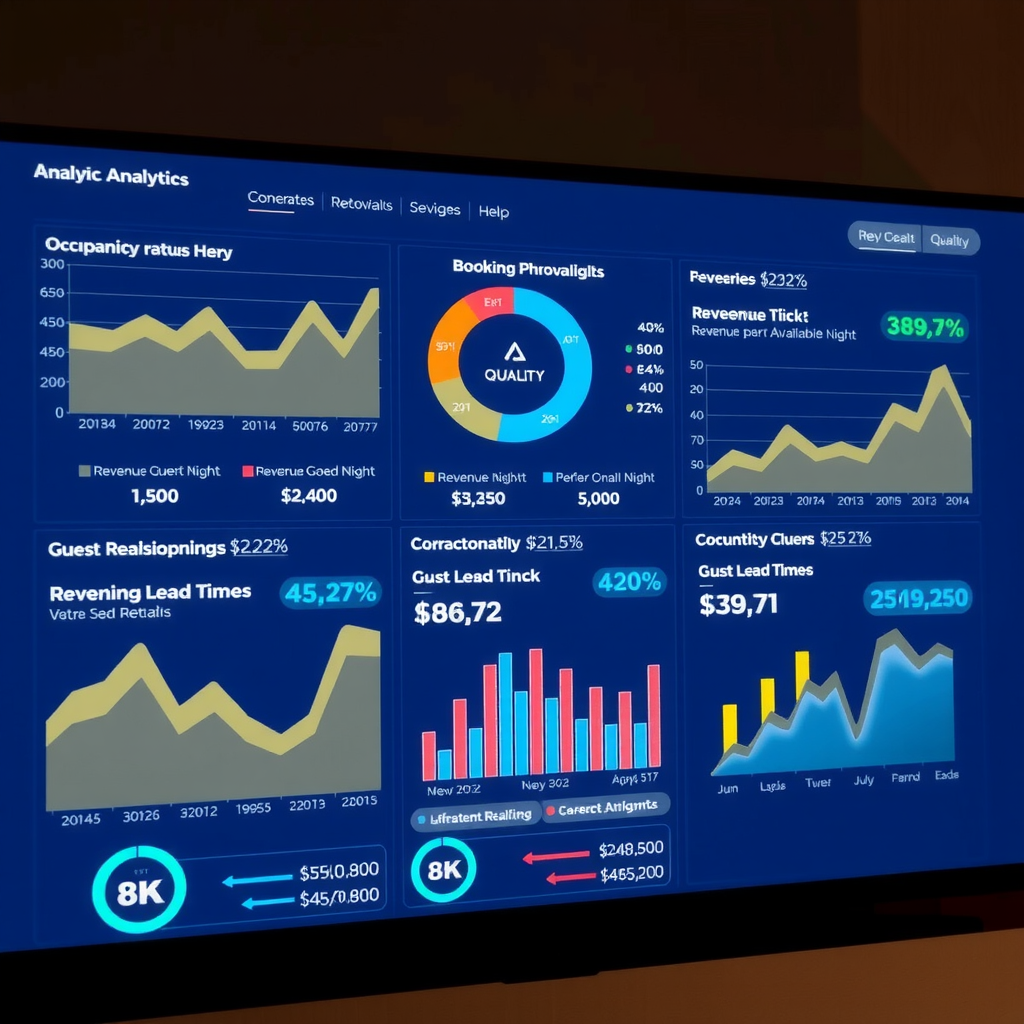
Conclusion: Thriving Through All Seasons
Mastering seasonal property management requires strategic planning, operational flexibility, and continuous optimization. By understanding your market's unique patterns, implementing dynamic pricing strategies, maintaining properties proactively, and adapting marketing approaches to different periods, you can maintain strong performance throughout the year.
The most successful property managers view seasonal fluctuations not as obstacles but as opportunities—chances to serve different guest segments, complete necessary improvements, and build sustainable businesses that thrive in any season. With proper preparation and the right tools, your vacation rental can achieve consistent profitability regardless of whether it's peak season or the quietest month of the year.
Remember that seasonal management is ultimately about balance—maximizing revenue during high-demand periods while maintaining sufficient occupancy and cash flow during slower times. By implementing the strategies outlined in this guide and continuously refining your approach based on performance data, you'll be well-positioned to navigate seasonal challenges and build a thriving vacation rental business.